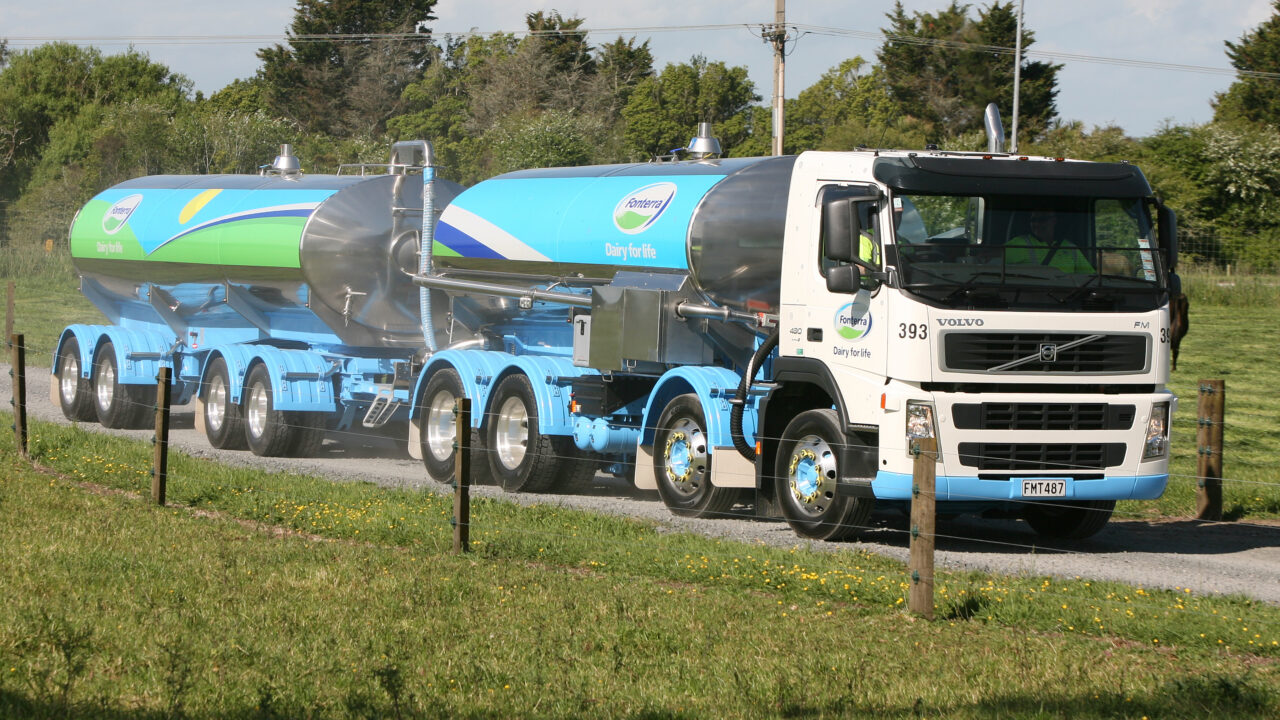New Zealand’s Central Bank has conducted a stress testing exercise on the country’s banks in the wake of a slump in farm gate milk prices over the past two years.
Low global milk prices are generating significant financial pressure for dairy farmers in New Zealand, with around one-half of the dairy sector currently experiencing a second consecutive season of operating losses.
Five banks that are the largest dairy sector lenders participated in a stress test run by the Reserve Bank in late 2015.
Two scenarios were tested, with scenario one assuming that the dairy payout recovers to $5.25 per kilogram of milksolids by the 2017/18 season and a fall in dairy land prices of 20%.
Under the second scenario, the dairy payout was assumed to fall to $3 in 2015/16 and remain below $5 until the 2019/20 season with a fall in land prices of 40%.
Head of Macro Financial Bernard Hodgetts said both scenarios assume the dairy payout remains lower for longer than was assumed in the economic projections contained in the Reserve Bank’s March Monetary Policy Statement.
On average, banks reported losses under the two scenarios ranging between 3 to 8% of their total dairy sector exposures.
“Bank lending to the dairy sector stands at around $38 billion, which is approximately 10% of the banking system’s total lending. We would expect losses of the order seen in the stress scenarios to be absorbed largely through lower bank earnings rather than through an erosion of bank capital.”
The test results suggested that in the shorter term, banks would increase their dairy lending in order to support existing borrowers facing negative cash flow, before facing a longer-term rise in loan losses if there were a prolonged dairy sector downturn.
Fonterra has reduced its forecast Farmgate Milk Price for the 2015/16 season from $4.15 per kgMS to $3.90 (€2.39) per kgMS or the equivalent of 17.35c/L
Dairy New Zealand estimates that Kiwi dairy farmers need $5.25/kgMS to break even.
Fonterra is forecasting its New Zealand milk production to be at least 4%lower than last season as New Zealand farmers respond to the ongoing low prices by reducing herd size and feeding significantly less supplementary feed which is expected to have an impact on this Autumn’s production.
